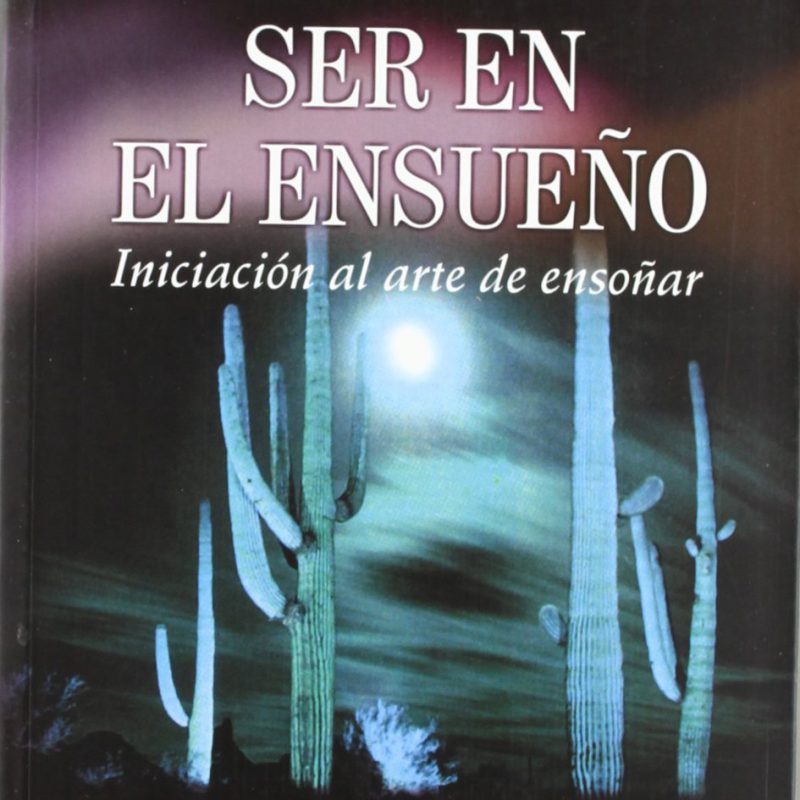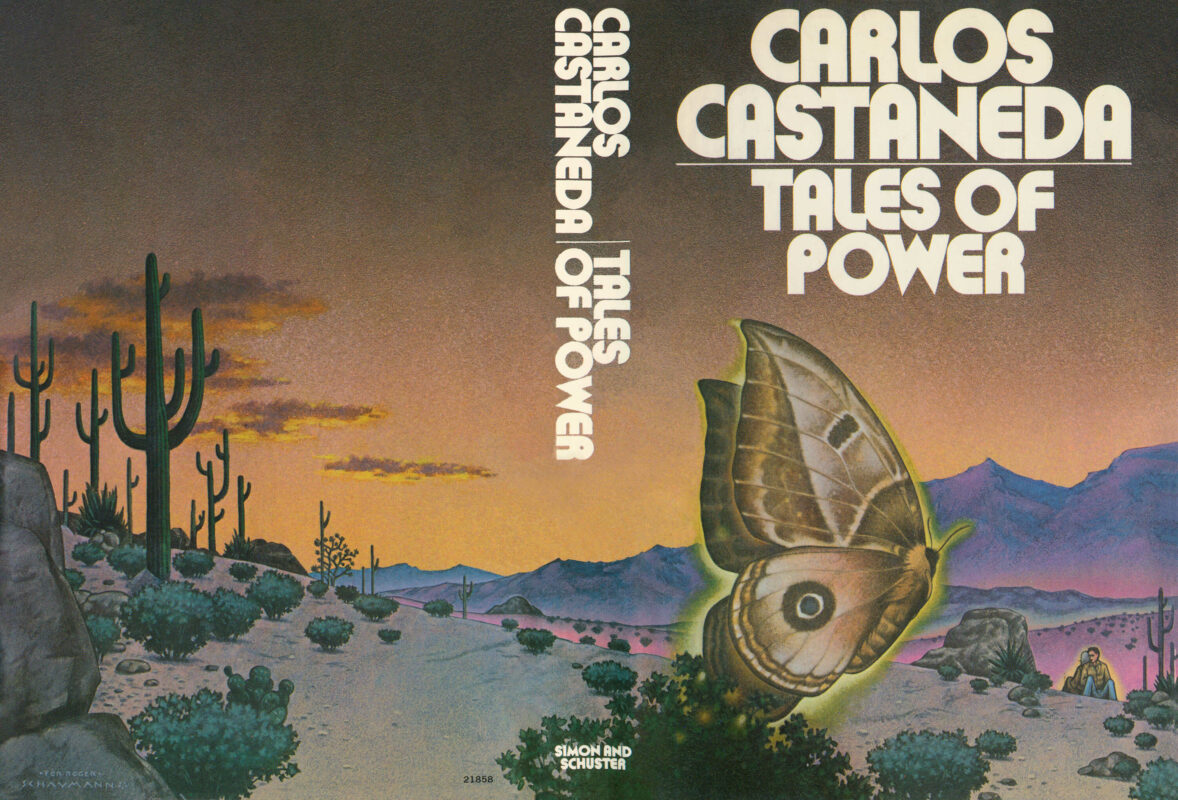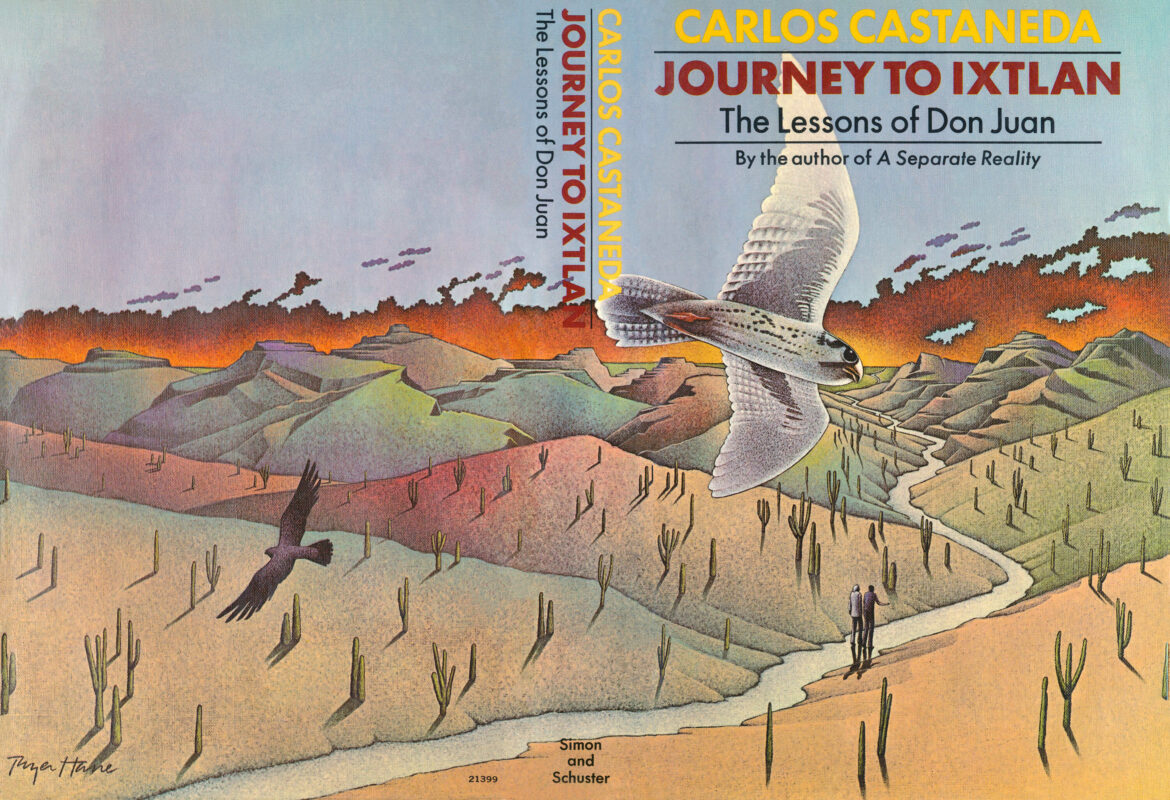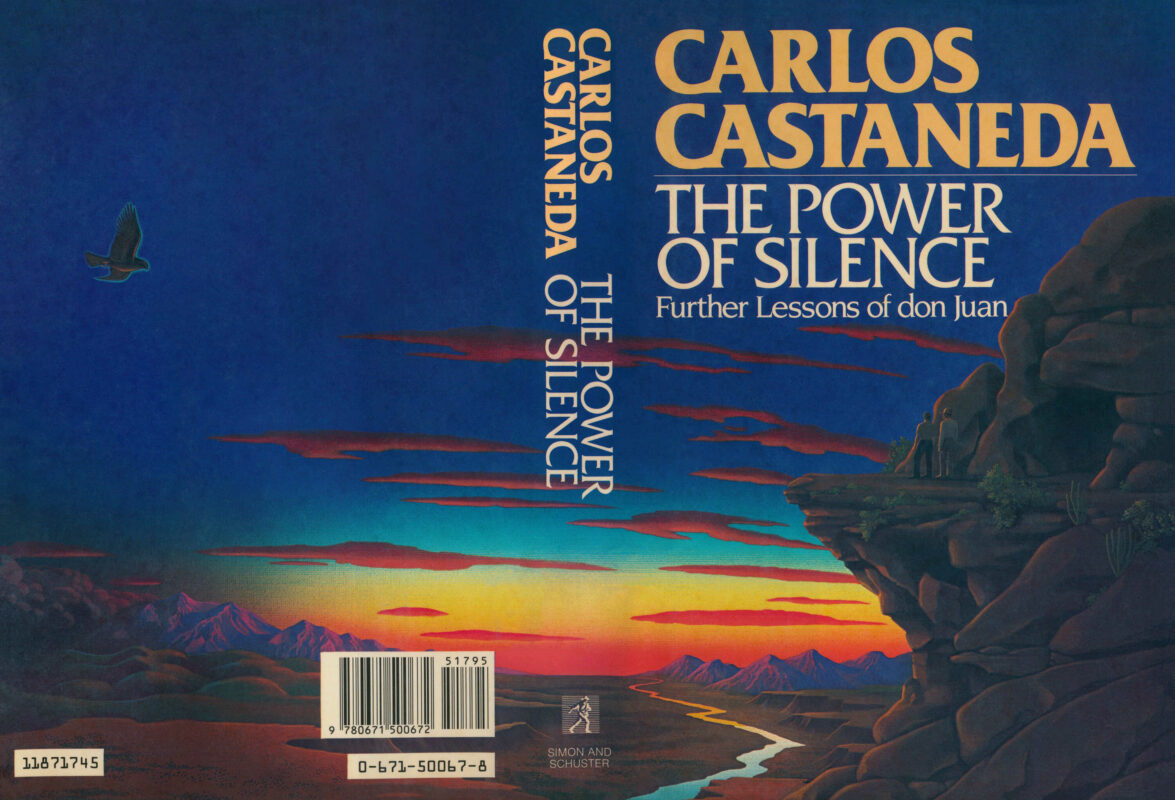The Difference Between Women and Men on the Path to Knowledge
“While dreaming-awake, we have access to hidden resources, which we never use ordinarily,” Nelida said, going on to explain that, the instant I saw my paper, I remembered the clues the caretaker had given me. Noticing my incredulous expression, she […]
The Difference Between Women and Men on the Path to Knowledge Read More »



